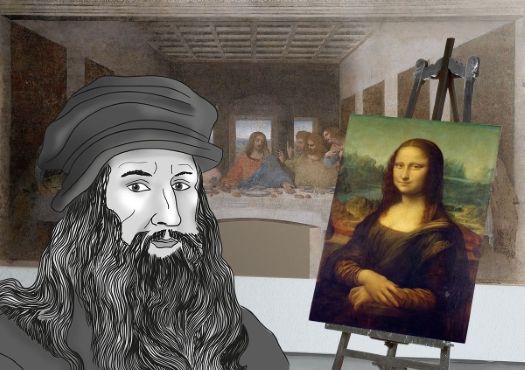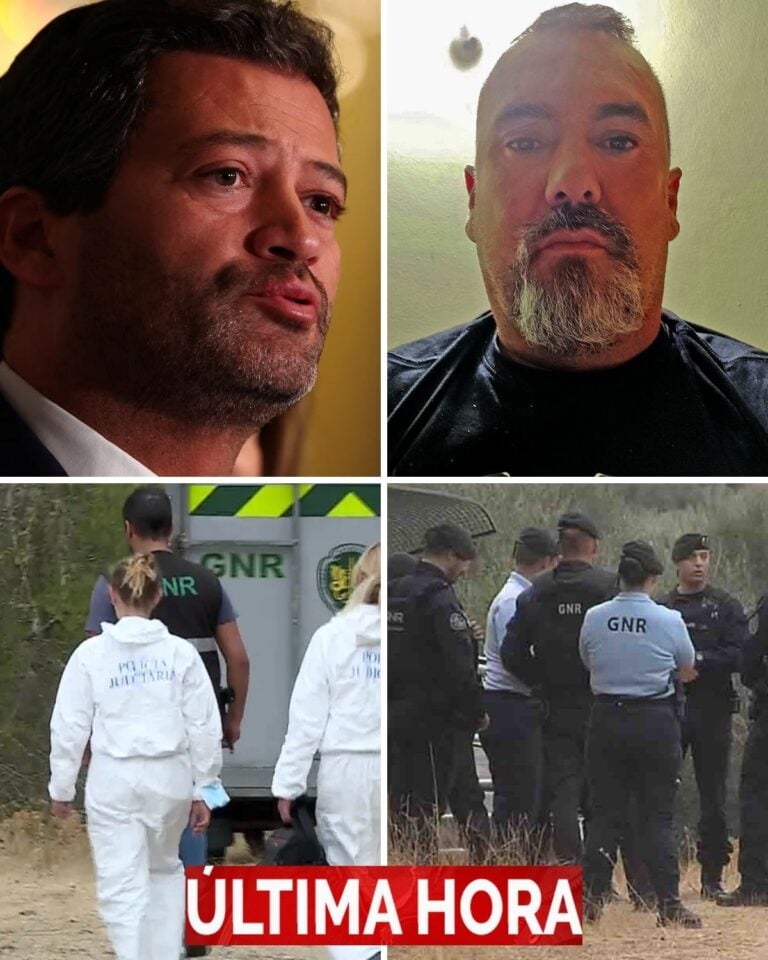In a revelation that has stunned both the art and science communities, artificial intelligence has uncovered traces of DNA embedded within Leonardo da Vinci’s original drawings, igniting a storm of debate — and wonder — across the globe. This mind-blowing fusion of technology and history could change everything we thought we knew about one of humanity’s greatest geniuses.
The breakthrough came during a high-resolution AI scan of Da Vinci’s notebooks, originally intended for digital preservation. But what started as a routine reconstruction turned into a scientific bombshell. Using multispectral imaging, 3D laser scanning, and deep machine learning, the AI peeled back centuries of decay — and detected microscopic material that didn’t behave like ink, pigment, or paper fibers. Instead, it appeared alive — organic.
Researchers soon realized what they were seeing: DNA.
As they dug deeper, they uncovered a hidden masterpiece — a detailed sketch of interlocking gears and wheels, predating modern calculators by over a century. But alongside this mechanical brilliance, the AI detected something even more extraordinary — minute biological residues pressed into the fibers of the page. And then came the chilling thought: could this be Leonardo’s own DNA?
Through nanopore sequencing, scientists traced these organic fragments, revealing a living biological mosaic — fingerprints of centuries of history. Yet in the layers where Leonardo’s pen had pressed hardest, the concentration of genetic material was most intense. The AI effectively mapped Da Vinci’s hand movements, tracing the rhythm of his genius, moment by moment, in molecular detail.
This is more than art restoration — it’s a dialogue across 500 years. Scholars are calling it “the most intimate connection to a historical figure ever recorded.” The discovery redefines what it means to touch history: Da Vinci didn’t just leave behind drawings — he left a part of himself.
The implications are staggering. If confirmed, these findings could open the door to reconstructing Leonardo’s genetic profile, offering insights into the biology of creativity itself. Was there something in his DNA that fueled his unmatched intellect — his ability to see the mechanics of life and the poetry of motion at once?
Experts are already calling this the dawn of bio-archaeology in art — where masterpieces become molecular archives of their creators. It blurs the line between science and soul, between creation and creator.
As the world watches, one truth becomes undeniable: Leonardo da Vinci’s legacy was never confined to his art — it’s written into the fabric of time itself.
👉 The genius who once dissected the mysteries of the human body may now, through AI, reveal the secrets of his own.
History has spoken again — and this time, it has a pulse. ⚡





